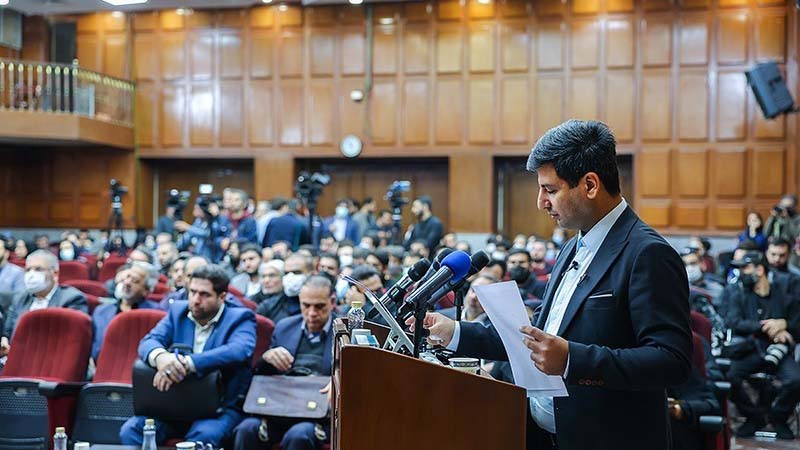The second court hearing for the trial of 104 members of the Mojahedin-e Khalq Organization (MEK) took place today.
Held at the 11th Branch of the Criminal Court of Tehran Province, the trial of MEK leaders was chaired by Judge Dehghani, and court advisors were Morteza Tork and Amin Naseri.
What are the MEK terror cult crimes
The horrendous crimes committed by the MKO/MEK terror cult are well documented and include terrorist attacks, sabotage of civilian infrastructure, participation in military aggression, and complicity in Baathist Iraq’s genocide of the Kurds.
In Iran alone, 17,161 victims of their terrorist actions have been documented, among them President Mohammad Ali Rajaee, Prime Minister Mohammad-Javad Bahonar, Judiciary Chief Ayatollah Mohammad Beheshti, as well as several lawmakers, ministers and scholars.
After failing to seize power and losing their socio-political base in Iran, the terror cult sought refuge in Baathist Iraq and participated in Saddam Hussein’s aggression against Iran, which was overtly backed by the West.
Post-Baathist Iraq acknowledged the former regime’s aggression against the Islamic Republic and Iraqi Kurds, convicted and punished many of those responsible, but none of the MKO/MEK members have so far been held accountable for their crimes, in Iraq or Western countries.
In only the 1988 operation against Iran, the terrorist group’s crimes included aggression and violation of UN resolutions, chemical attacks on Iranian villages with hundreds of victims, urbicide (city-killing) of Iranian cities and towns, and massacres of medics, voluntary helpers and others.
During the war and the subsequent Iraqi uprising against Saddam Hussain’s regime, MKO/MEK directly participated in genocidal campaigns against the Kurdish population, with over 4,000 victims in the vicinity of Kirkuk alone.
Testimonies from former MKO members confirm that Rajavis and senior MKO officers personally ordered the brutal massacre of Kurdish civilians, claiming that members of the Islamic Revolution Guards Corps (IRGC) were hiding in Kurdish traditional clothing, which was a blatant lie.
The same testimonies say many MKO/MEK members were horrified by the massacres but were not in a position to oppose their leaders because they would have risked their lives.
Experts believe that by brutalizing the Iraqi Kurds, the Rajavis desperately wanted to prove themselves useful to the Iraqi dictator, without whose support they would have been without the only base available at the time.


